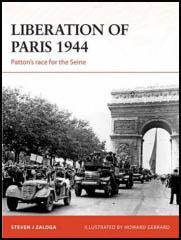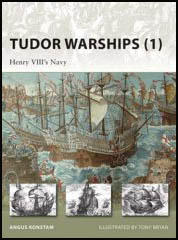Spartacus Review
Volume 17: 28th April, 2008
Military History

Title: Liberation of Paris
Author: Stephen J. Zalagoa
Editor:
Publisher: Osprey
Price: £14.99
Bookshop: Amazon
Spartacus Website: French Resistance
Category:
In July 1944, Operation Cobra broke the stalemate in Normandy and sent the Allies racing across France. The Allied commanders had ignored Paris in their planning for this campaign, considering that the risk of intense street fighting and heavy casualties outweighed the city's strategic importance. However, Charles de Gaulle persuaded the Allied commanders to take direct action to liberate his nation's capital. Steven J Zaloga first describes the operations of Patton's Third Army as it advanced towards Paris before focussing on the actions of the Resistance forces inside the city and of the Free French armoured division that fought its way in and joined up with them to liberate it on the 24th August. On the back of this morale-boosting victory, De Gaulle could finally proclaim Paris to be liberated, as one of the world's loveliest cities survived Hitler's strident command that it should be held at all costs or razed to the ground.

Title: Tudor Warships
Author: Angus Konstam
Editor:
Publisher: Osprey
Price: £9.99
Bookshop: Amazon
Spartacus Website: The Tudors
Category:
In this book, maritime expert Angus Konstam explores the fledging Tudor Navy, tracing its history from its origins as a merchant fleet under Henry VII through to its emergence as a powerful force under Henry VIII. Examining the operational use of Henry VIII's warships the author analyses the battle of the Solent in 1545, in which Henry's fleet took on a French fleet of 200 ships - much larger than the Spanish Armada decades later. Despite the well-documented loss of his flagship, the Mary Rose, Henry's smaller force succeeded in preventing a French victory. Although many people will have heard of the mighty Mary Rose, this book will tell the story of more than just the tragic sinking of Henry's flagship, describing how one of history's most dynamic kings grew the navy from the five warships that were his father's legacy to 53 deadly gunships at the forefront of his empire-building strategy. Through contemporary illustrations and intricate artwork, the author traces the changing face of warship design during the Renaissance as Henry paved the way for English dominance of the sea.
